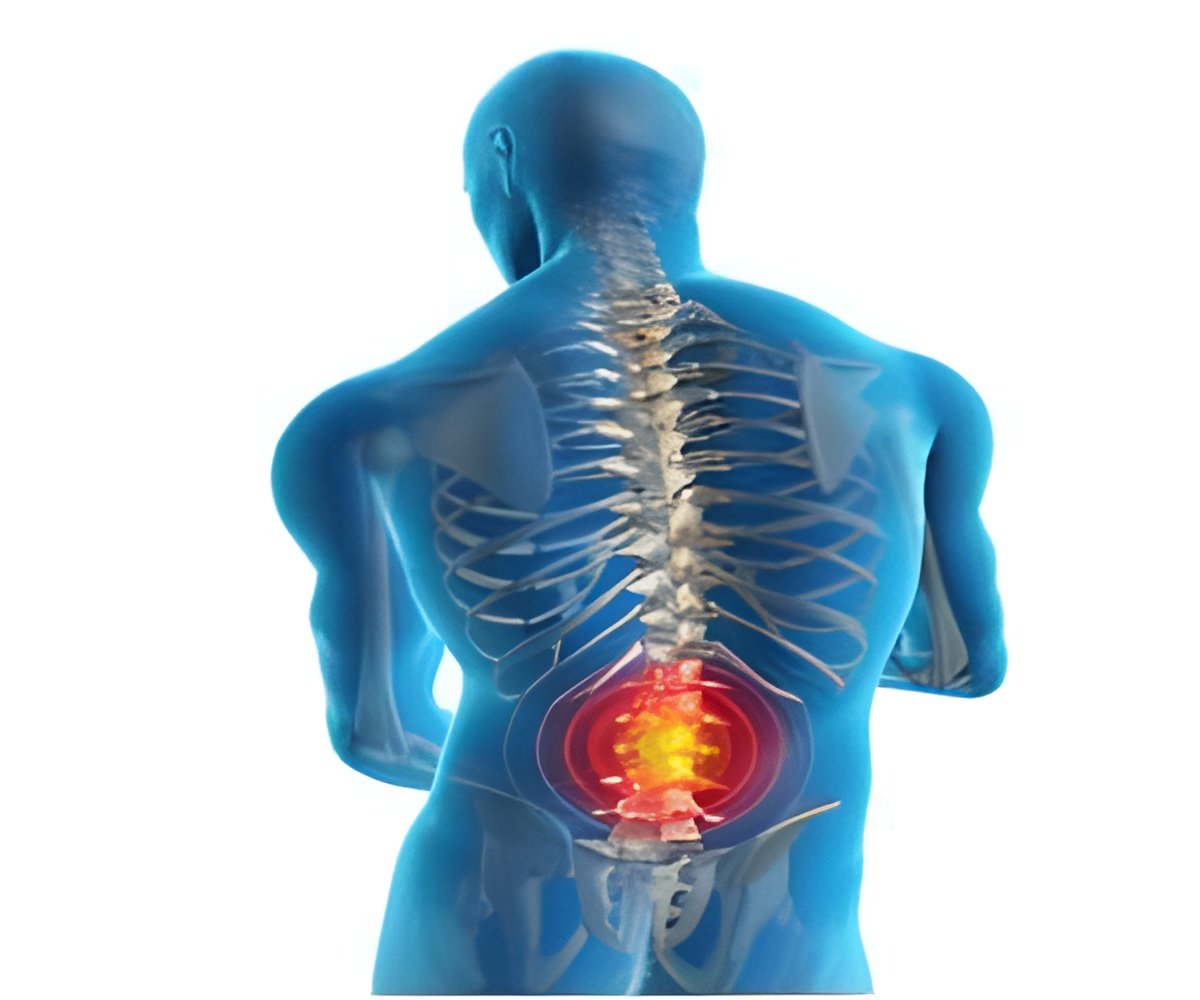
To find out how common these secondary osteoporosis contributors are in our population, a team led by Dr Manju Chandran, Programme Director, Osteoporosis and Bone Metabolism Unit at SGH, evaluated 400 patients over two years. The study found that almost half of the patients with osteoporosis had one or more secondary contributors. Secondary osteoporosis, if not identified and treated, can lead to devastating consequences both in terms of fractures as well as from the disease that caused the osteoporosis in the first place.
Conditions that contribute to secondary osteoporosis may not be obvious without detailed history taking and laboratory testing. The study revealed that 22 per cent of the patients with a secondary cause had increased calcium excretion in the urine, which in most cases could be attributed to a high salt diet. Another 18.5 per cent had vitamin D deficiency, 10.1 per cent had hyperthyroidism and nearly 10 per cent of the men had hypogonadism or low sex hormone levels.
"In our study, the prevalence of secondary osteoporosis in men was found to be high, almost 63 per cent. Our recommendation is for all men with osteoporosis to have some basic laboratory testing to look at their levels of male hormone, urine calcium, vitamin D, thyroid function, etc.," said Dr Chandran, who is also Consultant, Department of Endocrinology, SGH and President, Endocrine and Metabolic Society of Singapore.
"For post-menopausal women, laboratory testing may not be feasible or cost effective as post-menopausal osteoporosis is very common. However, directed testing based on their bone mineral density loss can be done to determine the appropriate treatment for these patients. The appropriate treatment for secondary osteoporosis is treating the condition, which caused it in the first place and not antiosteoporosis medicines," Dr Chandran added.
It is estimated that about 55,000 to 60,000 female Singaporeans above the age of 50 suffer from osteoporosis and that excludes men who are also hit by the disease. While secondary osteoporosis may not be completely reversible, the right treatment can halt the progress of bone loss and prevent excessive fracturing and in some cases even save the life of the patient.
Advertisement














